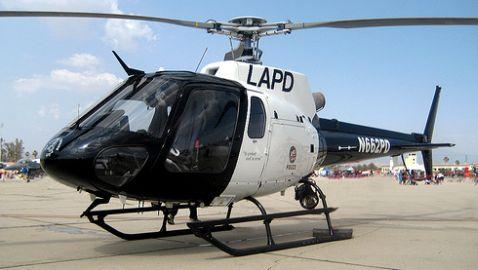Large corporations
Post Views 0The development of corporations has turned out to be a great boon for American as well as world economy. Basically a corporation is understood as a lawful body that entitles a group of people to act as unit or an individual. But since past few decades a new dimension is given to the term corporation. Corporation now refers to both profit and non-profit businesses that are identified or classified according to their tax structure. Corporations are taxed differently, not like normal businesses. On the basis of taxation, corporations are divided into two categories- C- corporations and S-corporations.
C-corporations are those that are required to pay income taxes and to kill or finish the deductions on dividends paid to stockholders. C-corporations comprises of the companies that are publicly traded on stock market. The C-corporations are quite common and dominant nowadays. While small businesses and businesses with sole proprietors fall in the S-corporations category. The S-corporations do not pay any corporate taxes. Here all the gains and losses so incurred are directly passed to the private stockholders who then adjust their personal income taxes according to it.
The corporations that are largely prevalent these days are the public corporations. These corporations are owned by a set of stockholders who purchase stocks that are traded in brokerage houses. The owner/s seeks the report from the individuals running the corporation. The public corporations move ahead on the decisions taken by the members Board of Directors. The members of Board of Directors are appointed or voted for by the stockholders. These members are elected on the basis of their qualifications. They are usually eminent people in different fields such as business, politics or academics. The members of the Board of Directors in turn appoint a Chairman who is the highest governing body in the management structure.
A large part of a corporation ‘s management system comprises of the people who run it on regular basis. At the top of the hierarchy are 3 people, the CEO i.e. the Chief Executive Officer, the COO or Chief Operating Officer and the CFO, the Chief Financial Officer. The CEO is the in-charge of the overall business operations while the CFO takes care of the finances of the corporation. The COO governs the sales and production activity and personnel. The CEO can also be the president of the corporation whereas the COO and CFO, the vice-presidents of it.
Apart from discussion on definition and composition of a corporation, it is important to have a notion of corporate welfare. In the corporate sector, Corporate Welfare is the buzzword these days. Corporate Welfare refers to the special or preferential treatment and tax breaks for a corporation. There are various ways to corporate welfares. The foremost is to set-up an offshore office in a country that has lax tax laws. Another way to corporate welfare is via setting up offices or factories at many places and instigating communities into a bidding war of tax breaks. Finally corporation welfare occurs when a corporation is recovered from bankruptcy or huge debts and major difficulties by the government.
However since corporation welfare occurs at the cost of local citizens and small companies, it is the primary issue of concern for the American government today. Though government is taking concrete steps in this direction yet due to some corrupt politicians, clandestinely corporate welfare is at a surge.
Large corporations by Harrison Barnes


 The Big Bang Publicity Campaign
The Big Bang Publicity Campaign  Stress and customer service
Stress and customer service  Where Can I Find My Niche? Finding Your Ideal Prospects So You Can Sell To Them
Where Can I Find My Niche? Finding Your Ideal Prospects So You Can Sell To Them